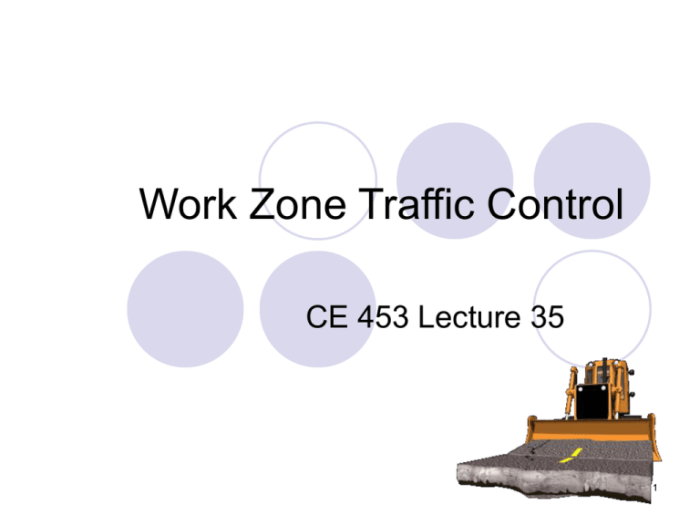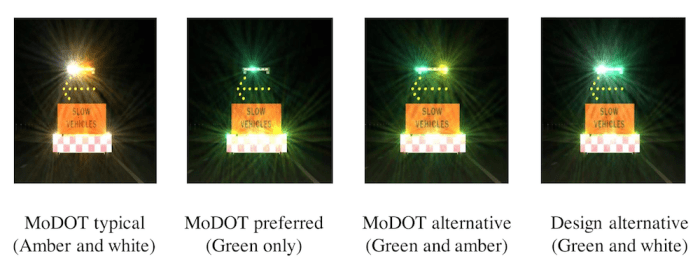Stationary work zones have ___________ unlike mobile work zones. – Stationary work zones have distinct characteristics that set them apart from mobile work zones, impacting traffic flow, safety considerations, and project timelines. This comprehensive analysis delves into the intricacies of stationary work zones, exploring their unique attributes and implications.
The extended durations of stationary work zones necessitate careful planning and communication strategies to minimize disruptions and maintain public understanding.
Stationary Work Zones

Stationary work zones have designated areas where construction or maintenance activities take place for an extended period, unlike mobile work zones that move along a roadway. These work zones can significantly impact traffic flow, safety, project timelines, and public perception.
Impact on Traffic Flow
Stationary work zones often involve lane closures, speed reductions, and increased congestion due to the physical presence of equipment and workers. These factors disrupt normal traffic patterns, leading to:
- Reduced roadway capacity
- Increased travel times
- Delays and stop-and-go traffic
- Altered driving behavior (e.g., lane changes, slower speeds)
Safety Considerations
Stationary work zones pose unique safety concerns compared to mobile work zones. Workers and motorists are exposed to potential hazards, such as:
- Collisions with construction equipment or workers
- Run-off-road accidents due to lane closures
- Rear-end collisions caused by sudden braking
- Pedestrian safety issues
To enhance safety, measures are implemented, including:
- Warning signs and traffic control devices
- Flaggers to guide traffic
- Physical barriers to separate workers and motorists
Duration and Impact on Project Timeline, Stationary work zones have ___________ unlike mobile work zones.
Stationary work zones typically have longer durations than mobile work zones due to the complexity and nature of the work being performed. Factors influencing duration include:
- Size and scope of the project
- Availability of resources
- Weather conditions
- Permitting and regulatory requirements
Extended work zone durations can impact project timelines and costs, leading to:
- Delays in project completion
- Increased project costs due to extended labor and equipment usage
Public Perception and Communication
Stationary work zones often elicit negative public perception due to traffic disruptions and safety concerns. Effective communication strategies are crucial to manage public expectations and address concerns. Successful methods include:
- Advance public notifications
- Real-time traffic updates
- Community outreach programs
- Media engagement to disseminate information and address concerns
Popular Questions: Stationary Work Zones Have ___________ Unlike Mobile Work Zones.
What are the primary differences between stationary and mobile work zones?
Stationary work zones remain in a fixed location for extended periods, while mobile work zones move along a roadway, typically for maintenance or repair tasks.
How do stationary work zones impact traffic flow?
Stationary work zones often result in lane closures, speed reductions, and increased congestion due to the prolonged presence of work crews and equipment.
What safety concerns are associated with stationary work zones?
Stationary work zones pose safety risks to workers and motorists due to the potential for collisions, reduced visibility, and increased pedestrian traffic.


